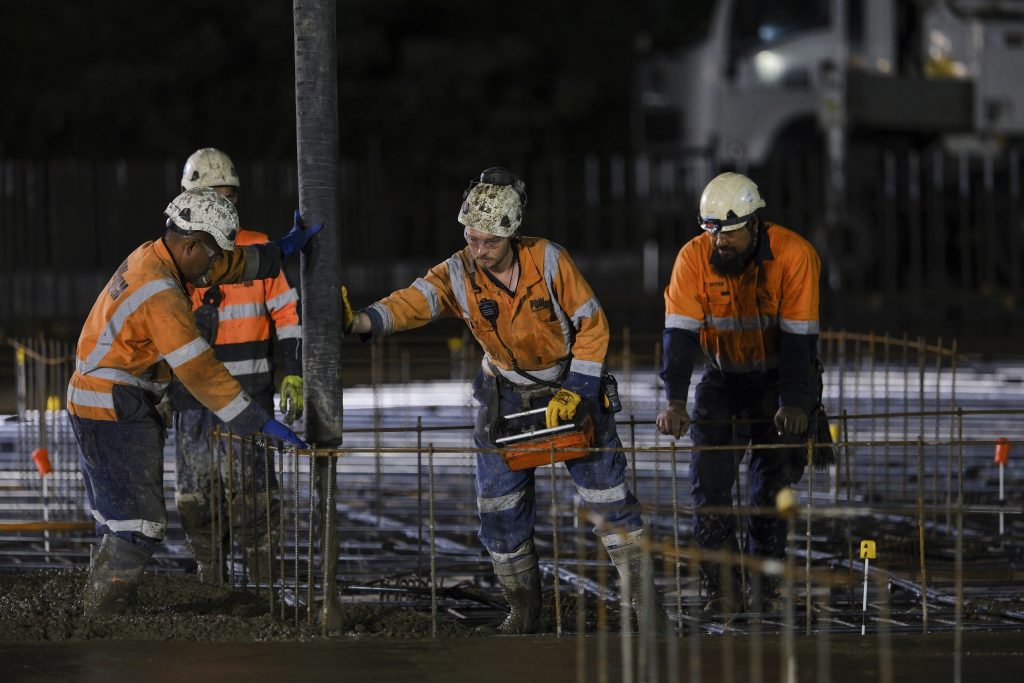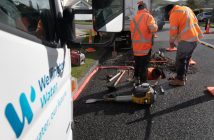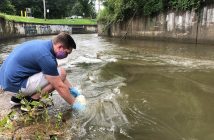Water restrictions in New Zealand’s biggest city may soon be a thing of the past as Watercare starts work on a new 45-million-litre reservoir

Aiming to boost the resilience of Auckland’s water supply, Watercare has completed its first of four concrete floor pours for a third reservoir at the Redoubt Road Reservoir Complex.
The reservoir complex can store up to 120 million litres and more than 80% of Auckland’s treated water passes through it each day.
The addition of a third reservoir – which is currently on track to be finished mid-2024 – will increase resilience in the network, thereby future-proofing Auckland’s water supply and catering for growth, Watercare project manager Buena Van Wyk says.
Once completed, the $60 million reservoir will be 106 metres long, 77 metres wide, 8 metres in height and consist of 650 tonnes of steel reinforcing. It will hold the equivalent to 18 Olympic-sized swimming pools.
The first concrete pour was all about laying the foundation for the structural work that will occur in the following months, Van Wyk says.
“We poured 500 cubic metres of concrete, which is equivalent to roughly 100 concrete trucks.
“To prepare for the floor pour, our team has placed approximately 20,000 tonnes of aggregate for the foundation to help distribute the loads from the superstructure on the entire footprint.”
Watercare and its project partners Fulton Hogan and Beca are working together across several projects in Auckland.
The following three floor pours will occur at night over the summer months, Van Wyk says.
“Although much of the work to build the reservoir occurs during the day, concrete pours are done at night to ensure consistent supply over a period. Pouring during the day increases the risk of the concrete curing at different rates which could result in defects to the reservoir floor slab.
“To make the pours for the critical infrastructure less disruptive for the community, our plan of attack was to minimise noise as much as possible by installing noise reduction features, scheduling concrete to reduce waiting and idling on site, encouraging the use of RT radio and the strategic positioning of noise barrier shields.
“Concrete structures like the Redoubt Road Reservoir are carbon intensive.”
The project team has offset its carbon emissions by adding Fly Ash to the cement mix and transporting clay fill from on-site to help construction works at Puketutu Island, where Watercare is rehabilitating volcanic cones that were quarried in the 1950s, Van Wyk says.
“Besides reducing Co2 emissions, Fly Ash also has greater workability and robustness thereby reducing shrinkage cracks when compared to other water-based cement mixes.
“Overall, sharing fill between construction sites has helped us to offset approximately 559,000 kilos of carbon.
“Transporting fill from our construction sites like Redoubt Road to Puketutu Island not only reduces carbon emissions but respects Te Ao Māori value of what is given by the land should be returned to the land.”








